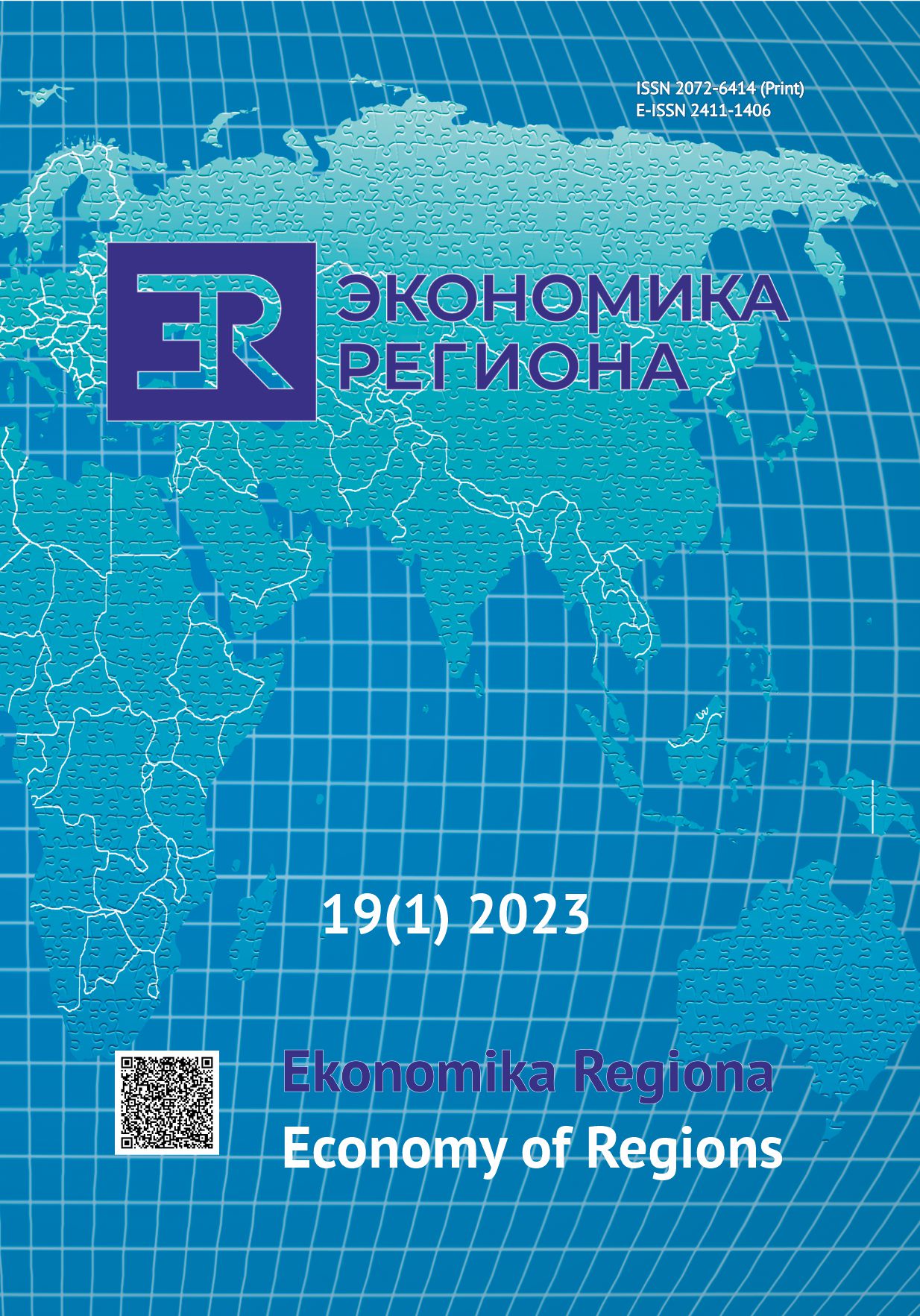Economic Sectors Impact Household Income in Vietnam: A Structural Path Analysis
Economic Sectors Impact Household Income in Vietnam: A Structural Path Analysis
Author(s): H. N. X. Nguyen, M. T. Nguyen, Le Ngu Anh Ngo, Valeriy M. KoshelevSubject(s): Labor relations, Social differentiation, Socio-Economic Research
Published by: Институт экономики Уральского отделения Российской академии наук
Keywords: household income; structural path analysis (SPA); social accounting matrix (SAM); economic sector; labour; capital; inter-industry linkages; urban areas; rural areas; income inequality;
Summary/Abstract: Despite the remarkable achievements in poverty reduction, income inequality in Vietnam still tends to increase, consequently having negative impacts on the sustainable growth of the country. The goals of this research are to identify and measure the impact of propagation channels of economic sectors on the income of the household groups, which is of great importance to poverty reduction efforts in Vietnam. The study aims to unravel the critical supply chain paths that drive changes in household income. To this end, the structural path analysis methodology is used based on the 2016 Vietnam Social Accounting Matrix model, which has not been extensively studied in Vietnam. Compared with previous studies, this research was conducted at the national level instead of the regional level and detailed the factors involved in income distribution such as economic sectors, labour, and household groups. The analysis finds 513 higher-order paths of 25 sectors that lead to an income increase for the household groups. When economic sectors expand under policy changes, household income improvements are mainly affected by labour skill, capital, and the magnitude of inter-industry linkages. It is noteworthy that high-skilled labour has a significant impact on the income of urban households, while the income of rural households is considerably affected by the capital. The analysis also demonstrates 32 selected paths having the greatest influence on household income. The importance of forestry, wood and wood products, fisheries, coal, crude oil and natural gas, footwear, distribution of electricity, gas, water, and utilities, and retail and wholesale for poverty alleviation is underlined for their distributional impact. Based on the research findings, relevant policy implications are also recommended.
Journal: Экономика региона
- Issue Year: 19/2023
- Issue No: 1
- Page Range: 122-135
- Page Count: 14
- Language: English

